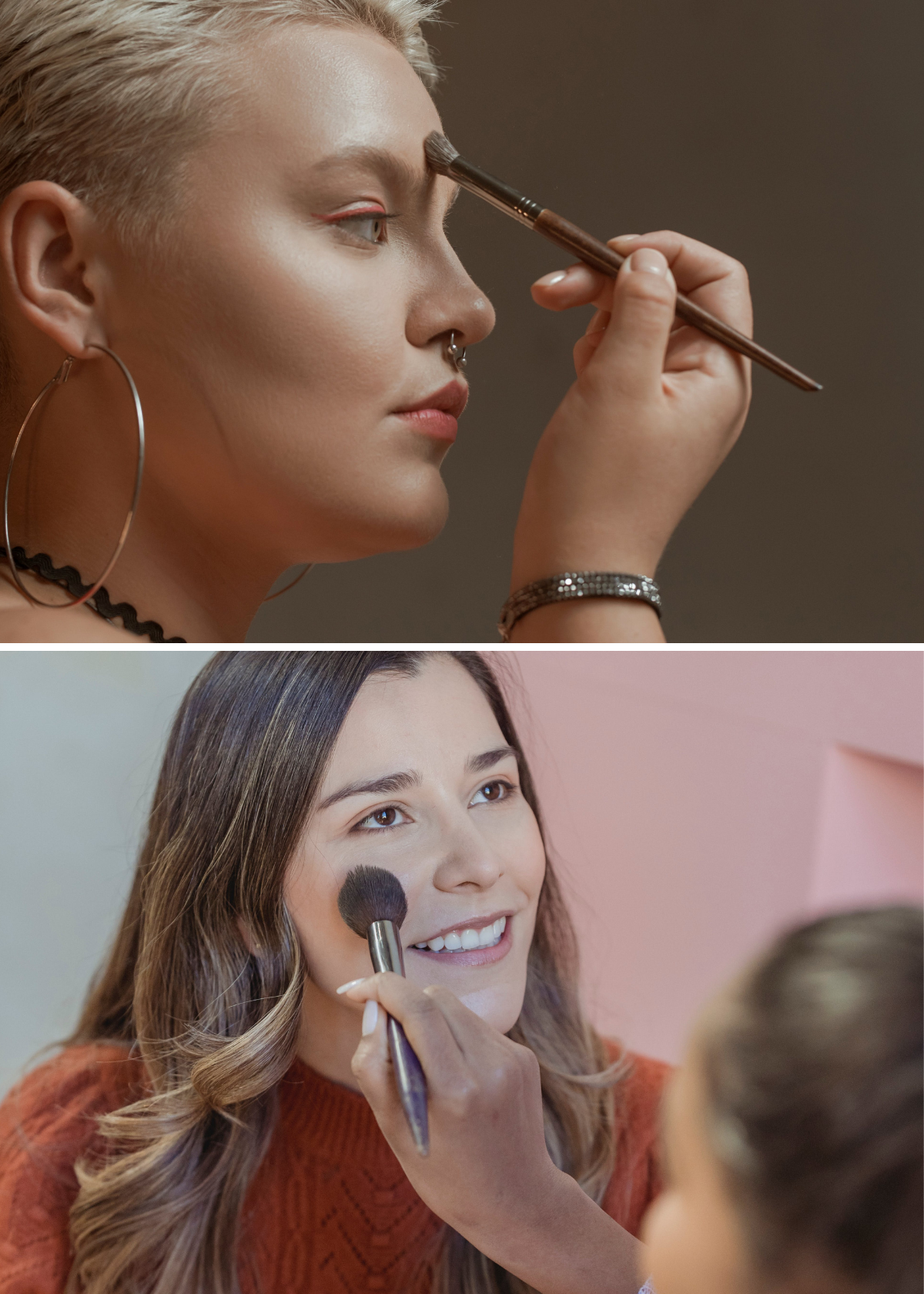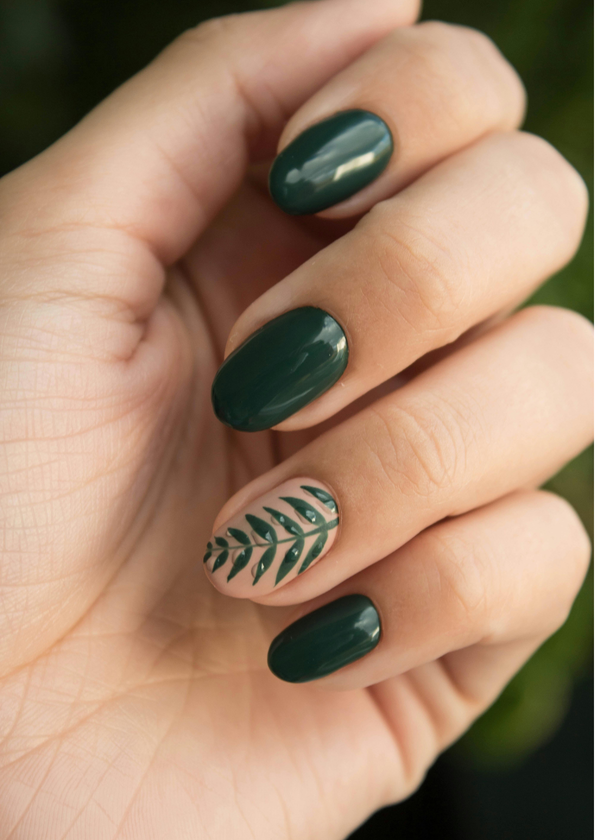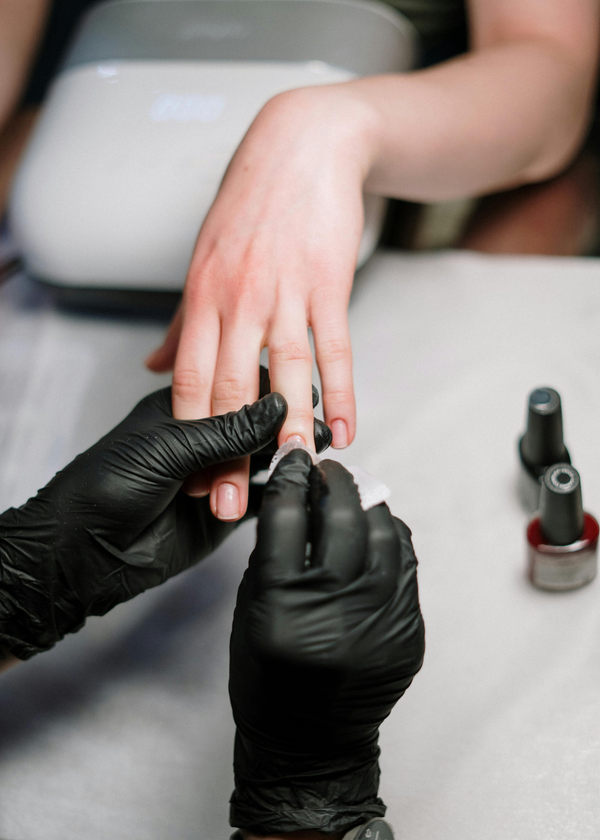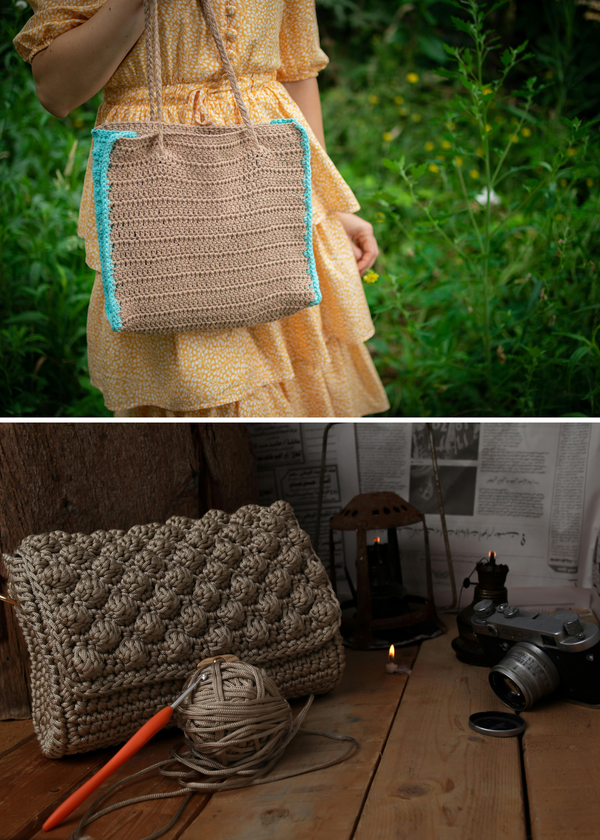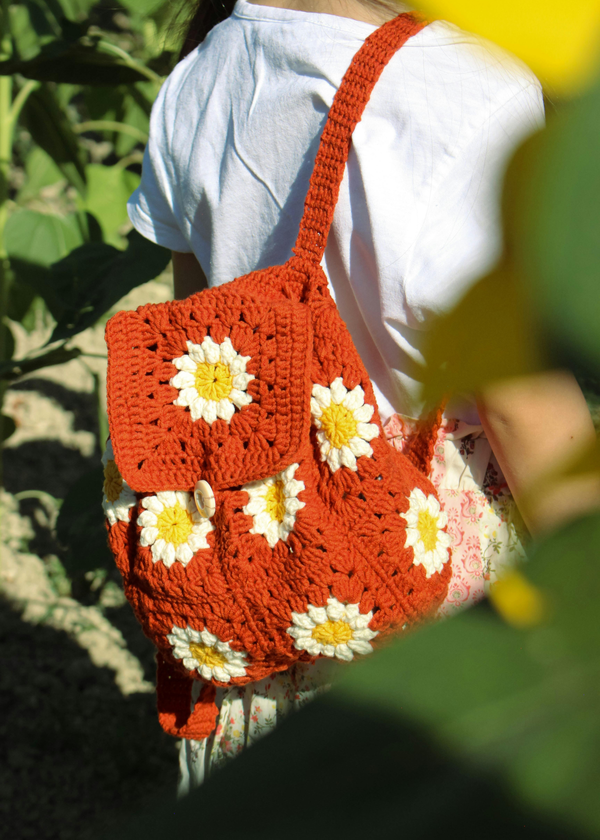In the ever-expanding universe of beauty tools, the debate over the superior applicator for liquid blush continues to capture the attention of makeup aficionados.
The choice between a brush and a sponge is not merely a matter of personal preference but can significantly impact the final result of your makeup.
In this extensive exploration, we will dissect the characteristics, advantages, and drawbacks of both brushes and sponges to help you navigate the complex realm of liquid blush application.
Understanding Liquid Blush
Before delving into the brush vs. sponge debate, let's first understand the unique qualities of liquid blush. Unlike its powder counterpart, liquid blush comes in a fluid form, often with a water or gel base.
This formulation provides a lightweight and buildable texture, offering a natural, dewy finish that seamlessly blends into the skin. Given these characteristics, the choice of applicator becomes crucial in achieving the desired look.
The Brush Advantage
- Precision and Control:One of the primary advantages of using a brush for liquid blush application is the precision it offers. Brushes, especially those with tapered or angled bristles, allow for controlled placement and blending. This precision is particularly beneficial when aiming for a more defined and structured blush application, such as creating a contouring effect or concentrating color on specific areas of the cheeks.
- Buildable Layering:Brushes excel at layering liquid products, enabling you to build up the intensity of your blush gradually. This buildable quality ensures that you have control over the pigmentation, preventing the risk of applying too much product at once. The ability to layer also makes brushes versatile for achieving both subtle and bold looks with the same blush product.
- Professional Finish:Many makeup artists favor brushes for liquid blush application due to the professional finish they can achieve. The controlled application and seamless blending offered by brushes contribute to a polished look that mirrors the expertise seen on runways and in editorial shoots. For those who prioritize achieving a high-quality, editorial finish in their makeup routine, brushes are often the tool of choice.
- Product Conservation:Brushes are known for being more conservative with product usage. When compared to sponges, which may absorb a certain amount of the liquid blush, brushes ensure that the product is applied directly onto the skin, maximizing the use of the blush without wastage.
Application Tips for Using a Brush
To make the most out of your brush when applying liquid blush, consider the following tips:
- Choose the Right Brush: Opt for a synthetic brush with densely packed bristles, such as a stippling brush or an angled blush brush, to ensure precise application and blending.
- Start with a Small Amount: Liquid blushes are often highly pigmented, so begin with a small amount and build up the color gradually to avoid overapplication.
- Blend in Upward Motions: For a lifted and natural look, blend the blush in upward motions towards the temples. This technique enhances the natural structure of the face.
- Clean Your Brushes Regularly: To maintain the integrity of your liquid blush color and prevent unwanted mixing of shades, clean your brushes regularly.
The Sponge Advantage
- Seamless Blending:Sponges, particularly makeup sponges or beauty blenders, are celebrated for their unmatched blending capabilities. The soft, porous texture of a sponge effortlessly melds liquid products into the skin, creating a flawless and airbrushed finish. This quality is especially advantageous when working with liquid blush, as it helps avoid streaks or uneven application.
- Natural Finish:Sponges contribute to a natural and skin-like finish. The stippling motion of a sponge during application mimics the texture of the skin, ensuring that the liquid blush seamlessly integrates for a radiant and dewy effect. This makes sponges an excellent choice for those who prefer a more natural, second-skin appearance.
- Hydration Boost:The moisture-retaining properties of sponges can be beneficial for individuals with dry or combination skin. When dampened before use, sponges can add a touch of hydration to the skin, preventing the liquid blush from settling into dry patches and enhancing the overall luminosity of the complexion.
- Quick and Effortless Application:Sponges are known for their user-friendly application. The bouncing or stippling motion used with a sponge is quick and efficient, making it an ideal choice for those who prioritize a swift and seamless makeup routine. Sponges are particularly popular for on-the-go touch-ups or when time is of the essence.
Application Tips for Using a Sponge
To achieve optimal results when using a sponge for liquid blush application, keep these tips in mind:
- Dampen the Sponge: Before use, dampen the sponge with water to enhance its blending capabilities and ensure a smooth application.
- Use a Bouncing Motion: Instead of swiping or dragging, bounce the sponge gently on the skin. This motion aids in blending the liquid blush without disturbing the foundation or other makeup products underneath.
- Build Gradually: Start with a small amount of product and build up the color gradually. Sponges can absorb some liquid, so it's easier to add more product if needed.
- Clean Your Sponge Regularly: Regularly clean your sponge to prevent the buildup of product and bacteria. A clean sponge ensures a hygienic application and preserves the integrity of your liquid blush color.
Comparative Analysis
Now that we've explored the distinctive advantages of using a brush or a sponge for liquid blush application, let's conduct a comparative analysis to help you make an informed decision based on your preferences and makeup goals.
1. Precision and Control:
- Brush: Offers precise control over placement and blending, ideal for detailed or structured blush application.
- Sponge: Provides a softer, diffused effect, making it better suited for a natural and blended finish.
Consideration: If you prefer a more sculpted or contoured blush application, a brush is the superior choice. However, if a natural, diffused look is your goal, a sponge may be more suitable.
2. Buildability and Intensity:
- Brush: Excels at layering for customizable intensity, allowing you to control the pigmentation.
- Sponge: May absorb some product, making it slightly challenging to achieve the same level of intensity as with a brush.
Consideration: If you enjoy the flexibility of building up the color gradually, a brush is preferable. Sponges can still achieve buildable pigmentation but may require additional product for the same level of intensity.
3. Blending Capabilities:
- Brush: Requires skillful blending but offers precision in achieving a polished finish.
- Sponge: Effortlessly blends liquid blush for a seamless, airbrushed effect.
Consideration: If achieving a flawless, airbrushed finish is a priority, a sponge is the go-to tool. However, if you enjoy the artistry of precise blending, a brush provides more control.
4. Speed and Efficiency:
- Brush: Requires a bit more time and skill for precise blending.
- Sponge: Offers a quick and efficient application, making it ideal for those on a tight schedule.
Consideration: If you prioritize efficiency and speed, especially for on-the-go touch-ups, a sponge is the more user-friendly option. Brushes may require a bit more time and attention to detail.
5. Hydration and Skin Type Compatibility:
- Brush: Does not contribute to additional hydration, making it suitable for all skin types.
- Sponge: Adds a touch of hydration, benefiting individuals with dry or combination skin.
Consideration: If you have dry or combination skin and seek a boost of hydration, a sponge may be more suitable. For those with oily or normal skin, a brush offers a versatile option without the added moisture.
Conclusion:
In the ongoing debate between a brush and a sponge for liquid blush application, there is no universal winner. The choice ultimately hinges on your individual preferences, makeup style, and the specific look you aim to achieve.
Brushes provide precision, control, and versatility, making them the preferred tool for those who enjoy the artistry of makeup application and desire a polished finish. On the other hand, sponges excel in delivering a natural, blended result with quick and efficient application, appealing to individuals seeking a more effortless makeup routine.
For the makeup enthusiasts who find themselves torn between the two, consider experimenting with both tools to discover what works best for you in different contexts.
Many beauty aficionados even incorporate both brushes and sponges into their routines, utilizing the unique strengths of each tool for various makeup applications.
Whether you lean towards the precision of a brush or the seamless blending of a sponge, the key is to embrace the versatility that both tools bring to the world of liquid blush application.


